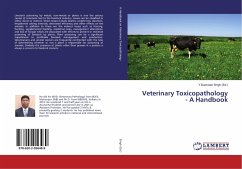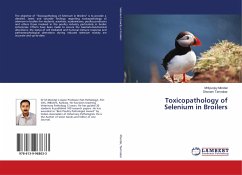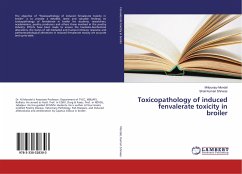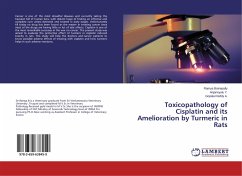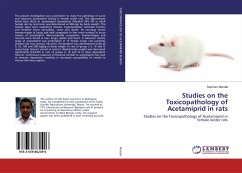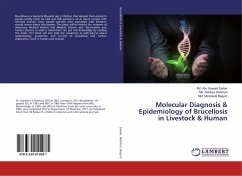Livestock poisoning by metals, non-metals or plants is one the serious causes of economic loss to the livestock industry. Losses can be classified as either direct or indirect. Direct losses include deaths, weight loss, abortion, lengthened calving intervals, decreased efficiency and other effects on the animals. In addition to these are the indirect losses such as fencing, herding, supplemental feeding, medicinal costs, management alterations, and loss of forage which are associated with efforts to prevent or minimize poisoning of livestock by plants. Plant poisoning can be a significant impediment to profitable livestock management and production. Veterinarians and animal owners are frequently confronted with the task of determining whether or not a plant is responsible for poisoning of animals. Similarly the presence of plants other than grasses in a pasture is always a concern to livestock owners.
Bitte wählen Sie Ihr Anliegen aus.
Rechnungen
Retourenschein anfordern
Bestellstatus
Storno

